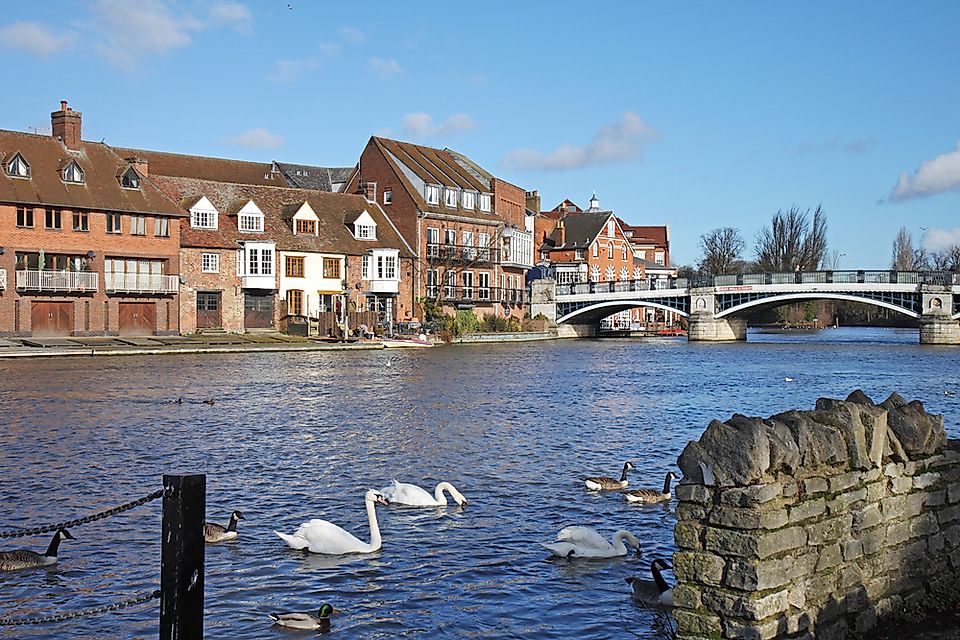What Is Swan Upping?

Swan upping is a swan ceremony celebrated each July in England during which mute swans on the River Thames are captured, marked, and then released. Prior to the 16th century, the ownership of swans in any body of water was granted to landowners along the water bodies. Thereafter, the ownership of the swans was taken over by the Crown. The main practical reason for conducting swan upping is for Swan Uppers to count, measure and weigh swans and cygnets, as well as to check for injuries commonly caused by fishing hooks and lines. The young cygnets are marked with unique identification numbers to designate their ownership.
History of Swan Upping
The tradition of swan upping dates back to the 12th century when the ownership of all unmarked mute swans on along River Thames and its tributaries was brought under the control of the Crown to ensure a plentiful supply of meat for royal feasts and ceremonies. In the early days, swans were a delicious source of food for the Royal family. King Henry III placed high importance on the regal bird by establishing a mandate that prohibited the ownership of a brood of swans to the owners of water bodies, which had previously been the custom. In 1483, several Acts of Parliament were passed restricting the ownership of swans to owners of freehold property for five years. Other people who wanted to own swans had to purchase a swan mark at an expensive cost of six shillings to nick into the beak of their swan. Any unmarked swans were considered property of the Crown.
By the 18th century, swan rights along the Thames were limited by parliament to only three groups: the English Crown, Worshipful Companies of Dyers, and Vintners. The five-day swan upping ceremony commences in the third week of July. Royal Swan Uppers dress in the red uniform of the Royal Queen and navigate through the waters of the Thames in traditional paddling skiffs accompanied by Swan Uppers from the Vintners and Dyer's livery companies, capturing and ringing swans and cygnets. The Dyers Company nicks their swans on the left side of the upper mandible, while the Vintners Company nicks two marks on either side of the bill. Swans belonging to the Crown have two diamond-shaped marks on the bill. All unmarked mute swans are also considered Crown property.
Importance of Swan Upping
Swan upping plays a crucial role in the conservation of mute swans along the River Thames. It provides an opportunity to check adult swans and cygnets for injuries that occur in the early stages of development. The involvement of schools in the swan upping exercise instills a culture of conservation among children since they view the exercise up close and ask all necessary questions regarding swans. Collaborations between schools, the Rowing Museum, and Henley on Thames projects has expanded the school curriculum to include learning the biology of mute swans, the connection of swans with the Crown, and river navigation during swan upping.











